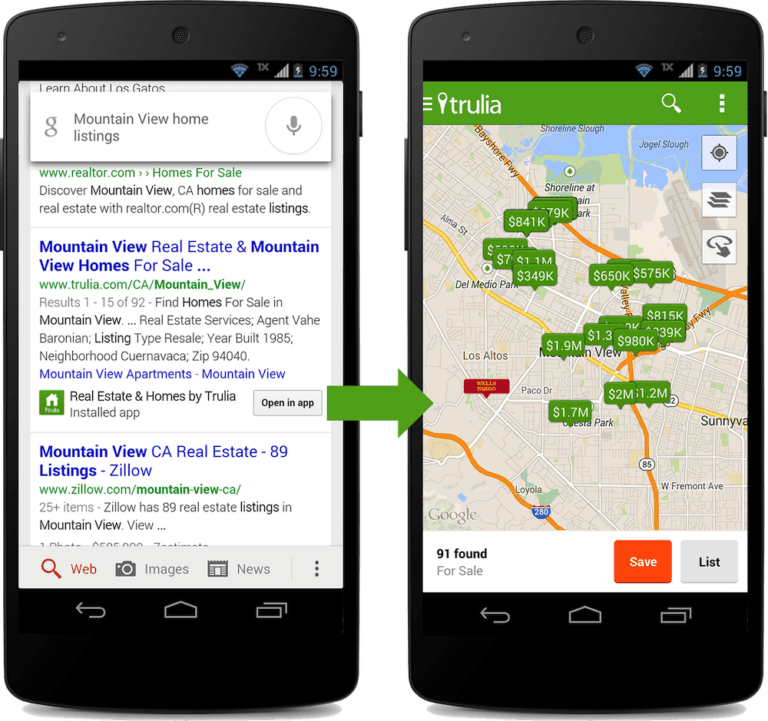Three Tips for Better Mobile Optimization
You don’t have to look at several case studies and statistics to know how important mobile marketing and SEO is today. Try visiting the nearest Starbucks and you’ll find at least one person using apps, playing games, or browsing the internet with their mobile device. If you want to keep up with today’s internet users, your website needs to be easy for mobile users to find and navigate. Following these three essential optimization tips from mobile marketing companies can help your website gain more visibility on mobile search.
1. Make Your Website Responsive
Image from WordPress.com
Many websites have mobile versions on subdomains like “m.domain.com”, but having a separate mobile website is no longer the best option. In Google’s own guidelines and recommendations for building smartphone-optimized websites, they say that responsive websites are their “recommended configuration,” for the following reasons:
- Having a single URL for content page makes it easier for users to interact with, share, and link to. It also helps Google assign the content’s indexing properties.
- No redirection is needed, which reduces loading time and redirection errors.
- Responsive websites improve crawling efficiency, as Googlebot user agents will only need to crawl your pages once instead of multiple times with different user agents.
2. Target the Right Keywords
The main differences between keyword research for desktop and mobile SEO are behavior and intent, especially when they’re searching for physical locations. To find the ideal keywords for your mobile local SEO campaign, you should find out which keywords already drive your mobile traffic, and brainstorm new industry- and location- specific keywords.
3. Know the Importance of User Experience
Google prioritizes website performance and user experience when ranking mobile websites. Their list of common smartphone site errors is focused more on problems that make it more difficult for users to browse or access a mobile website. These errors include:
- Unplayable videos
- Faulty redirects
- Smartphone-only 404 errors
- App download interstitials
- Irrelevant cross-linking
- Slow page speed
Use tools like Google’s PageSpeed Insights to determine how well your website performs on mobile devices, and make the necessary adjustments to improve it.
To optimize your website for mobile users, your digital marketing agency needs to provide a good combination of SEO and user experience web design. Talk to us to find out what our web development services can do to help make your website more accessible to your audience no matter what device they use.








